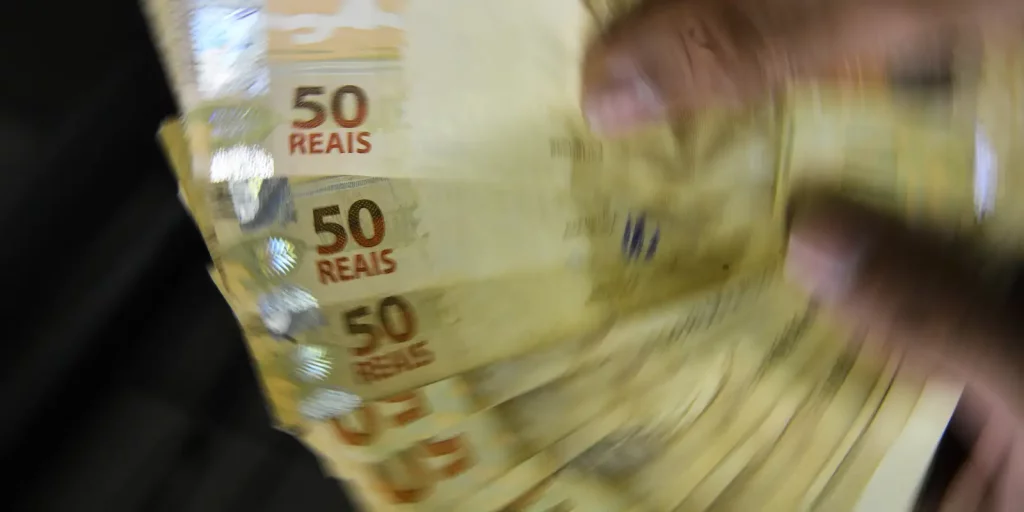Without taxes, the dollar The official exchange rate was $906.50 for purchase and $946.50 for sale on the screens of the Banco de la Nación Argentina (BNA). The blue dollar, also known as the informal dollar, operated at $1,430 for purchase and $1,450 for sale in the City of Buenos Aires.
It is important to note that the dollar The blue dollar has experienced significant variations throughout the year, reaching a maximum of $1,500 on Friday, July 12. In addition, the solidarity dollar includes taxes and has increased considerably in 2024.
These figures are subject to constant change due to market conditions and economic policies. This Friday, July 26, the dollar blue is quoted at $1425 for purchase and $1445 for sale. Meanwhile, the official dollar is quoted at $907.50 for purchase and $947.50 for sale.
The value of dollar directly affects domestic prices. If the dollar rises, imported products and those that depend on dollarized inputs become more expensive, which can contribute to inflation.

Fountain: Dollar Today.
High inflation erodes the purchasing power of citizens and affects economic stability. The gap between the dollar official and blue reflects the lack of confidence in the economy and the lack of access to the official market.
A wide gap can create distortions and difficulties for businesses and investors. The Central Bank must intervene to maintain exchange rate stability. If reserves decrease due to demand for dollars, the ability to pay external debt and confidence in the local currency are affected.

The health of the economy
A dollar A lower exchange rate favors exports, since Argentine products become more competitive abroad. However, a very high exchange rate can affect domestic demand and local production.
Dollar-denominated debt becomes more expensive if the exchange rate rises. This affects fiscal sustainability and the country’s ability to meet its financial commitments. The dollar exchange rate is a key indicator that reflects the country’s economic health and confidence in the country.


















